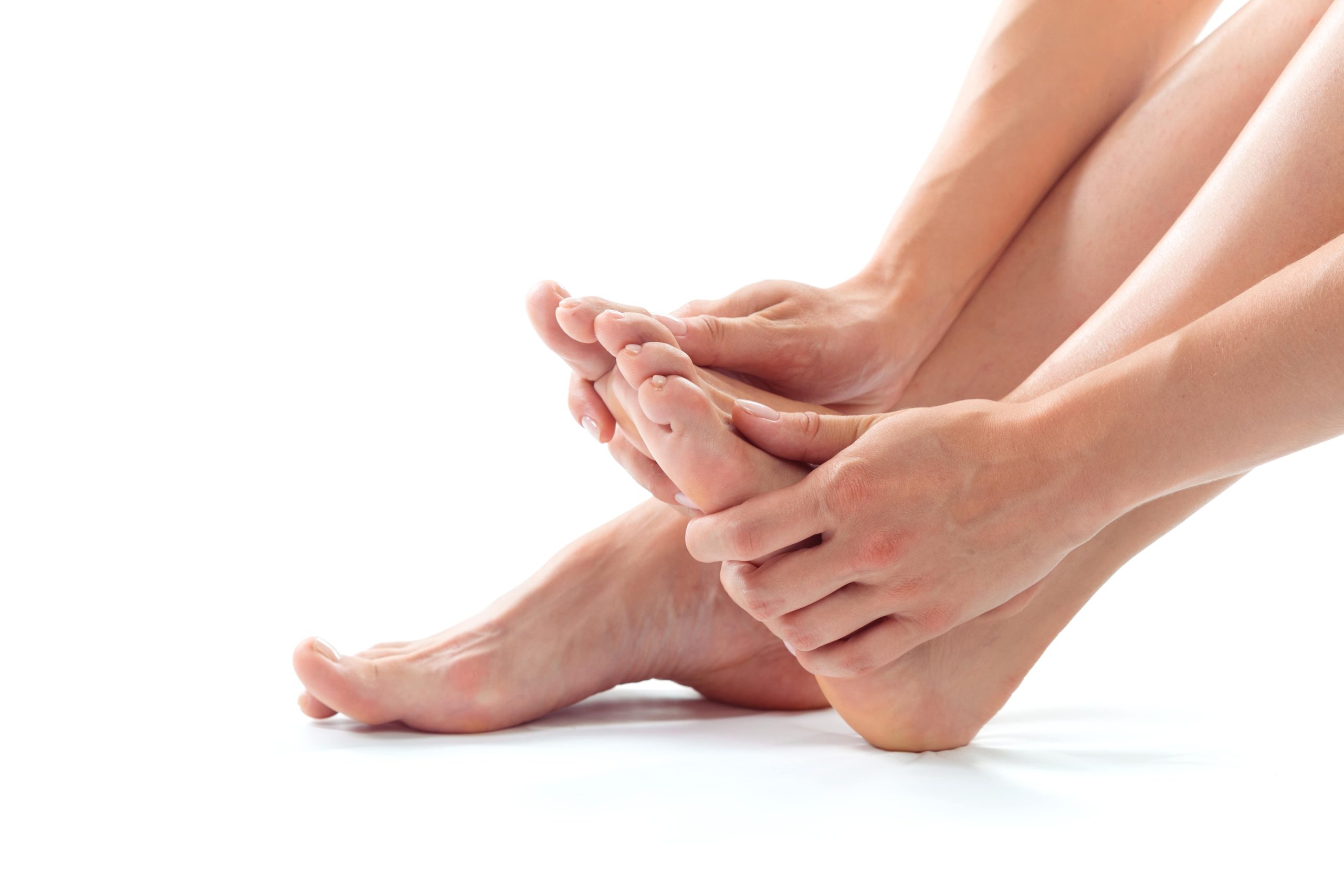Diabetic Foot Care: Protecting Your Feet and Preventing Complications
Proper foot care is of paramount importance for individuals living with diabetes. Diabetes can lead to various complications that affect the feet, such as diabetic neuropathy and foot ulcers.
However, with regular foot examinations, preventive measures, and professional podiatric care, it is possible to maintain healthy feet and reduce the risk of complications.
In this blog, we will delve into the significance of diabetic foot care, providing practical tips and guidelines for protecting your feet and preventing potential complications.
Understanding Diabetic Neuropathy
Diabetic neuropathy is a common complication of diabetes that affects the nerves, often causing numbness, tingling, or pain in the feet. This condition can lead to a loss of sensation, making it difficult to detect injuries or changes in temperature. Diabetic neuropathy also affects the muscles that control foot movement, leading to imbalances and deformities.
To manage diabetic neuropathy, it is essential to keep blood sugar levels under control through proper diabetes management. Regular foot examinations by a podiatrist can help identify early signs of neuropathy. Additionally, practicing good foot hygiene, wearing comfortable shoes, and avoiding prolonged pressure on the feet are crucial for preventing complications.
Foot Ulcers and Wound Care
Foot ulcers are open sores that can develop on the feet of individuals with diabetes. They usually occur as a result of minor cuts or injuries that fail to heal properly due to reduced blood circulation and compromised immune function. Left untreated, foot ulcers can lead to serious infections and, in severe cases, may even require amputation.
Preventing foot ulcers involves proper foot care and regular inspection. It is crucial to keep feet clean and moisturized, trimming nails carefully, and avoiding self-treatment of corns or calluses. Promptly addressing any signs of redness, swelling, or sores is essential. Seeking professional podiatric care for wound assessment and specialized treatment is highly recommended.
Regular Foot Examinations
Regular foot examinations are an integral part of diabetic foot care. These examinations, conducted by a podiatrist, help detect any changes, abnormalities, or early signs of complications. During the examination, the podiatrist assesses blood flow, nerve function, and the overall health of the feet. They may also evaluate footwear and provide guidance on appropriate shoe choices.
By scheduling regular foot examinations, individuals with diabetes can proactively address any potential issues before they escalate. This proactive approach significantly reduces the risk of developing severe foot complications and promotes overall foot health.
Practical Tips for Diabetic Foot Care
Keep blood sugar levels under control through proper diabetes management
- Follow your healthcare provider’s recommendations for medication, insulin, and dietary management.
- Monitor your blood sugar levels regularly and make necessary adjustments to maintain stable levels.
Wash and thoroughly dry your feet daily, paying attention to the areas between the toes:
- Use lukewarm water and a mild soap to wash your feet.
- Gently pat your feet dry, ensuring no moisture remains, especially between the toes.
Apply moisturizer to prevent dryness and cracking, but avoid applying it between the toes:
- Use a diabetic-friendly moisturizer to keep the skin hydrated and prevent dryness.
- Avoid applying moisturizer between the toes as excessive moisture in this area can lead to fungal infections.
Wear comfortable shoes that provide adequate support and protection:
- Choose shoes that fit well and have a wide toe box to allow for proper circulation and reduce pressure on the toes.
- Opt for shoes made from breathable materials to prevent excessive sweating and minimize the risk of infections.
Check your feet daily for any cuts, sores, or changes in color or temperature:
- Inspect your feet thoroughly, including the soles, sides, and between the toes.
- Use a mirror or ask a family member for help if you have difficulty seeing the bottoms of your feet.
Trim your toenails carefully, straight across, and avoid cutting too close to the skin:
- Trim your toenails after a bath or shower when they are softer.
- Use proper nail clippers and cut straight across to prevent ingrown toenails.
Avoid walking barefoot and protect your feet from extreme temperatures:
- Always wear shoes or slippers, even indoors, to protect your feet from injuries and temperature extremes.
- Use socks and properly fitting shoes to provide an additional layer of insulation during colder months.
Stay physically active to improve blood circulation to the feet:
- Engage in regular physical activity as recommended by your healthcare provider.
- Activities like walking, swimming, or cycling can promote blood flow to the feet and overall foot health.
Seek immediate medical attention for any foot injuries, infections, or concerns:
- Do not ignore any signs of infection, such as redness, swelling, warmth, or discharge.
- Contact your podiatrist or healthcare provider if you notice any changes or have concerns about your feet.
Conclusion
Proper foot care is vital for individuals living with diabetes to prevent complications and maintain healthy feet.
Diabetic neuropathy, foot ulcers, and other foot-related issues can be effectively managed through regular foot examinations, practicing good foot hygiene, and seeking professional podiatric care.
By following practical tips and guidelines, individuals with diabetes can protect their feet, reduce the risk of complications, and enjoy a higher quality of life.
Remember, healthy feet are an essential foundation for overall well-being when living with diabetes. Visit Centre For Podiatric Medicine today!



